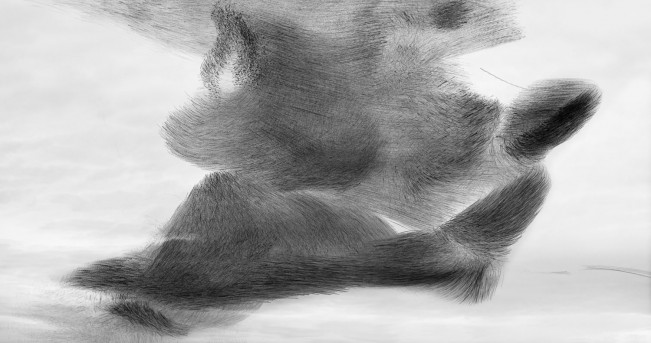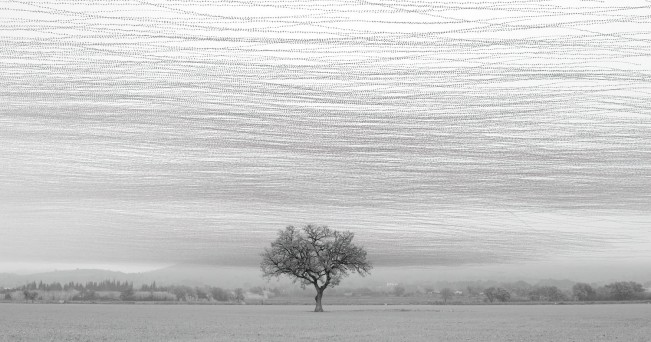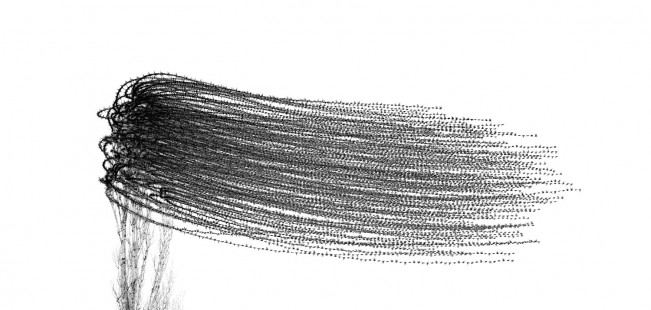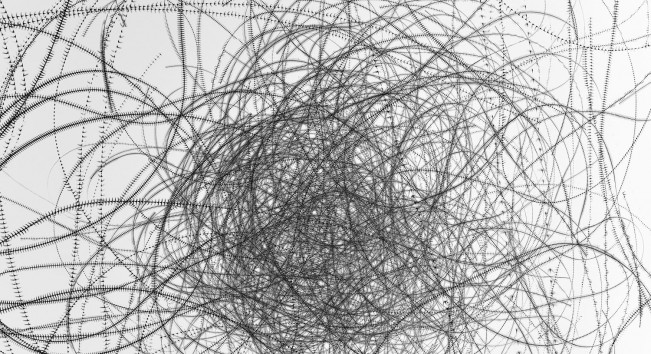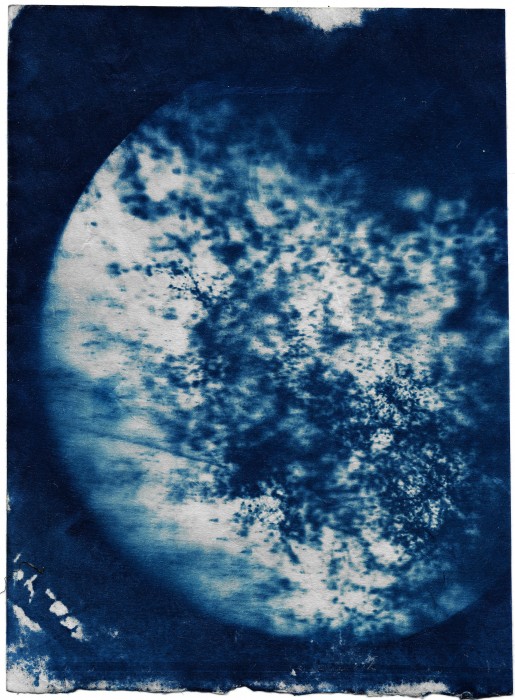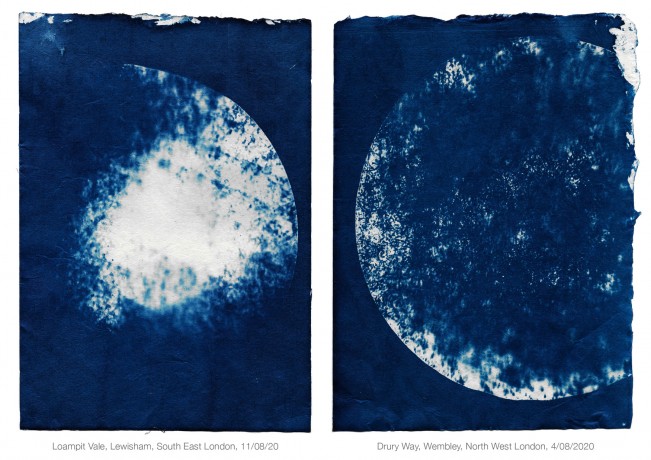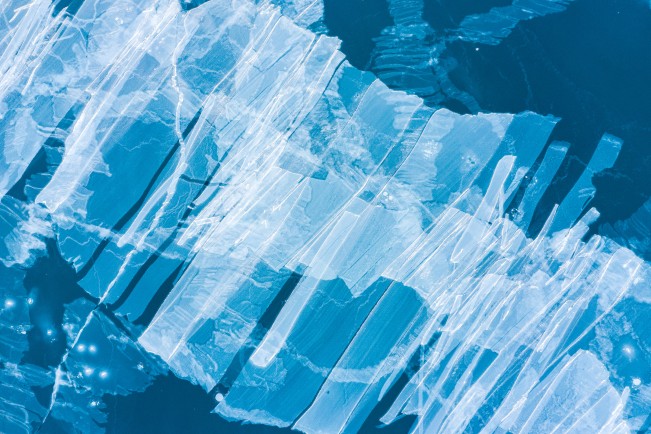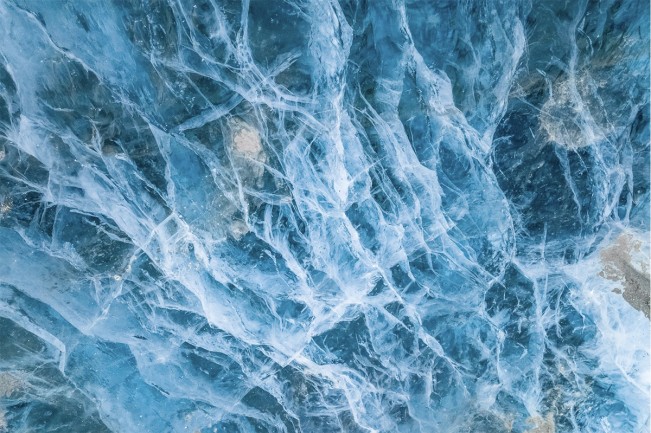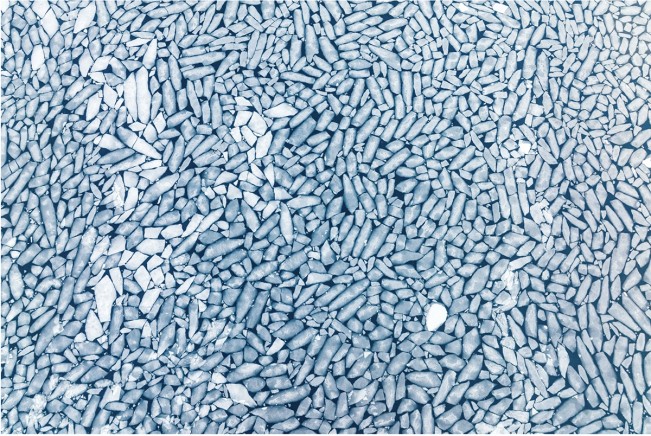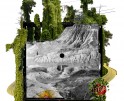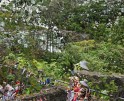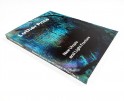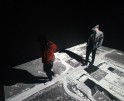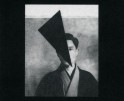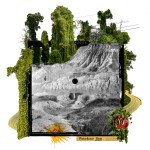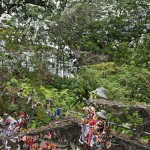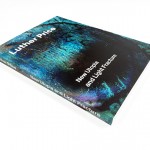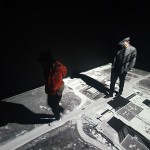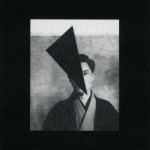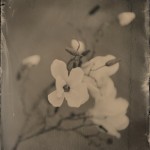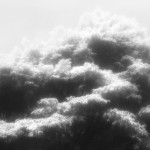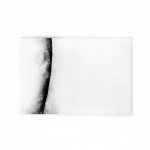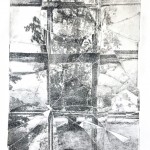The Hand in Nature: Vital Impacts, Part 1
The Hand in Nature: a week of photographs that manipulates how we see and foresee our environment.
Photographs help us process what is happening in the world, and this week we’ll be following photographers whose work inspects humans’ impact on the earth. More importantly, the posts will focus on how each photographer uses their hand in the manipulation of imagery. Many of the photographers’ works curiously demonstrate our history and future relationship with the earth.
For the next two days, we will introduce works that are a part of Vital Impacts’ Winter Collection.
Vital Impacts is a women-led non-profit organization founded by National Geographic photographer, filmmaker Ami Vitale, and journalist Eileen Mignoni. In 2022, Vital Impacts raised $1.5 million for conservation and humanitarian campaigns worldwide in the first six months. A big part of raising these funds is selling photographic prints from renowned photographers who dedicate their lives to the environment. The Winter Collection is made up of one hundred photographers’ work and 149 photographs for sale as open and limited edition. Sixty percent of proceeds will support the next generation of environmentalists through Jane Goodall’s Roots and Shoots and the Vital Impacts Environmental Grants and Mentorships.
And while many beautiful images on this site speak to the environment and climate change, we will focus on six photographers whose work presents us with new visualizations and personal interpretations of how humans relate to nature. These photographers speak from a unique place of wanting their work to connect our society to the natural world that has increasingly become disconnected. They do this by physically using their hands and technology to present a more expressive visual discourse.
Today, we will discuss the work of Xavi Bou’s, Marina Vitaglione’s and Florian LeDoux’s, works that playfully examine the invisible and unseen.
Xavi Bou is a photographer from Barcelona, Spain. Living and working in urban areas, Xavi wants us to pay attention to the nature around us. He asks himself and other city dwellers how much we observe the nature around us.
Xavi says, “I have been very aware of the widespread ignorance that we have in the knowledge of nature, whether it be birds, insects, or plants. We have lost that culture that our grandparents had because at first, we did not need it. It is basic to keep knowing what we have to protect. Otherwise, we will never value the complexity and the requirement of what we still have.”
This awareness that our societies have moved away from nature drives Xavi’s work. It is his intention to look at the common nature that surrounds us. He doesn’t go to exotic locations but looks directly to the skies and asks us to observe it as well. His Ornithographies series focuses on birds and their flight patterns. What Xavi shows us is multiple seconds of flight within one single image. The results of looking at condensed time provide us with a view of the world beyond our limitation of what our eyes can see. What is created are visual patterns and shapes that represent the phenomenon of nature. Xavi’s work plays between arts and science, allowing us to have a new understanding of the nature that surrounds us, but done so in a playful, whimsical, and lighthearted way.
Xavi Bou’s limited edition prints can be found on the Vital Impacts’ website here.
To see the whole Ornithographies series, look at all his work on his website.
Follow Xavi on Instagram, @xavibou.
Marina Vitaglione is a photographer based out of London whose work focuses on air pollution. On an aesthetic level, Marina’s work is abstractly beautiful. Her use of cyanotypes creates a striking blue photograph that can easily be seen as an abstract skyscape. She discusses her paper: “I used Japanese gampi paper, whose handmade, thin and delicate sheets evoke the lightness of air itself.” But, what appears is a visualization of the air pollution surrounding us. Marina works alongside scientists from the London Air Quality Network, part of the Imperial College of London. She works with the air samples she can access – including Brixton Road and Lewisham, South London. She photographs through a microscope, and some are digitally enlarged through spectroscopy. Spectroscopy is the measurement of intensity and wavelength in scattered light from molecules.
Using these magnified images of air pollution as transparent negatives to place in the sun for creation of cyanotypes is an interesting concept. Cyanotype printing is one of the oldest methods of producing imagery with sunlight. Her decision to use this format is intentional, as she shares that she chose this printing process because “it allowed the sun to reveal toxic particles on the paper and in this way to be part of the print.”
Marina says, “My aim was to make the invisible visible and show the issue in a new way to raise awareness of it.” And her work sheds light on a hidden environmental crisis that we can easily dismiss. Marina reminds us that the World Health Organization estimates air pollution to be responsible for at least seven million early deaths annually, and it is one of the top-ranked environmental risks to our health.
One can purchase Marina’s print on Vital Impacts’ here.
Also, check out the whole Air series on her website.
Follow Marina on instagram @marinavitaglione.
Unlike Xavi Bou’s and Marina Vitaglino’s work, which deals with urban environmental issues, Florian LeDoux’s work is about frozen continents and the fragility of these scapes. His photographs, called Otherwordly Icescapes show us the Svalbard archipelago. Florian talks about the emotional voyage of taking these photographs. He says, “This forceful voyage is triggered by the eternal and powerful beauty of Mother Nature. It allows us to reach the zone, the moment when we feel part of the elements around us, for me, it is the ice. It is a moment when Nature runs through our veins and mind, as we are embodied within it.”
What is seen in the images are beautiful aerial views and abstract patterns of ice. The compositions of his images focus on the layering and breaking of the ice that creates ever-changing landscapes. The image Glace Abstraite is a part of Vital Impacts’ Winter Collection. Florian talks about this specific work showing packed ice that was swept away by storms which broke up and drove the ice south leaving the fjord full of open water on the east coast of Svalbard in winter.
Florian poetic reflects about the experience of time in the artic and his process, he says, “while standing in the middle of the vast ocean in a furry storm, or in the endless white and cold landscape of Antarctica where the sound of silence echo within our soul, or again, under the capsizing dancing northern light sky, those moments fill us up with a deep feeling of being alive, connected to Nature and part of its beauty. It leads us to realize that we are just grains in the Universe. There are so many inconceivable phenomena and forces above us that shape the large and infinite cosmos. Sometimes those remarkable and invisible momentums become visible for a while, like sending us a message. When we are lying under a beautiful sky of stars, standing at millions and millions of light-years away from us, watching the dancing northern lights above us, we can feel those invisible forces that rule the entire Universe.”
His heart is in the artic. Florian Leduex is committed to showing us and protecting the fragile ecosystem.
You can find more of Florian Ledeux’s print, Glace Abstraite, for sale on Vital Impacts here.
Check out more of Otherworldly Icescapes, here.
Follow Florian on Instagram at @florian_ledoux_photographer.
Sarah Knobel is a photographer, video and installation artist that works with everyday items to find new ways to identify our relationship with ideas of the natural, artificial, beautiful and repulsive. Her work has been featured in exhibitions nationally and internationally, which include Miami, Seattle, Portland, Kansas City, Washington DC, Germany, Belgium, Korea and Greece. Sarah holds an MFA in Photography from the Design Architecture Art and Planning Program at the University of Cincinnati and a BFA in Studio Art from Texas State University. She is currently an Assistant Professor of Art at St. Lawrence University in Canton, New York.
Follow Sarah on Instagram at @sknobel.
Posts on Lenscratch may not be reproduced without the permission of the Lenscratch staff and the photographer.
Recommended
-
Earth Week: Casey Lance Brown: KudzillaApril 25th, 2024
-
Earth Month: Photographers on Photographers, Dennis DeHart in conversation with Laura PlagemanApril 16th, 2024
-
Luther Price: New Utopia and Light Fracture Presented by VSW PressApril 7th, 2024
-
Artists of Türkiye: Eren SulamaciMarch 27th, 2024
-
European Week: Sayuri IchidaMarch 8th, 2024

